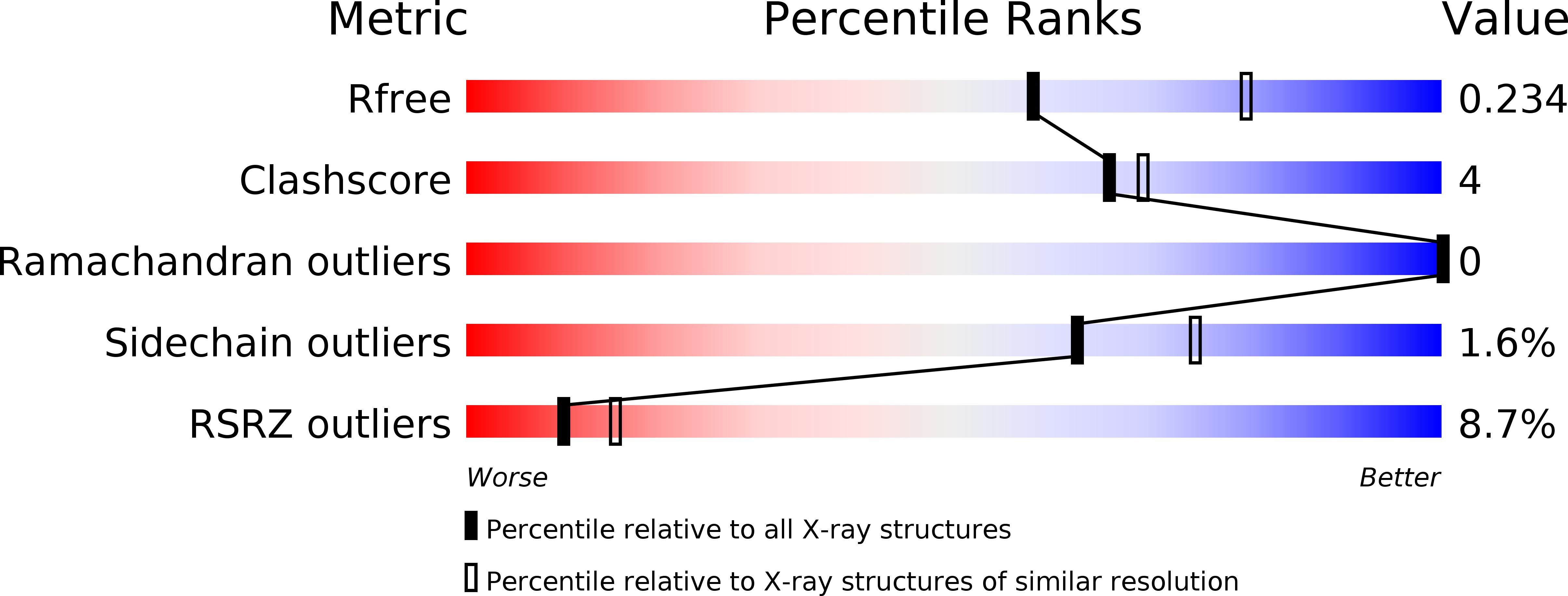
Deposition Date
2016-12-16
Release Date
2017-05-31
Last Version Date
2024-10-23
Entry Detail
PDB ID:
5U9M
Keywords:
Title:
Copper-Zinc Superoxide Dismutase is Activated through a Sulfenic Acid Intermediate at a Copper-ion Entry Site
Biological Source:
Source Organism:
Homo sapiens (Taxon ID: 9606)
Saccharomyces cerevisiae (strain ATCC 204508 / S288c) (Taxon ID: 559292)
Saccharomyces cerevisiae (strain ATCC 204508 / S288c) (Taxon ID: 559292)
Host Organism:
Method Details:
Experimental Method:
Resolution:
2.35 Å
R-Value Free:
0.23
R-Value Work:
0.18
R-Value Observed:
0.18
Space Group:
P 21 21 2


